Louie was discharged 3 days after his hemilaminectomy surgery. The diagnosis was “Intervertebral Disc Extrusion at the left T11-T13 disc space”. About 50-60% of dogs that are deep pain negative (Louie) at the time of surgery regain pain sensation and some ability to move their limbs. Unfortunately, this also means that 40-50% of deep pain-negative dogs will never regain sensation or true voluntary function. We were told that this paralysis could have been from progressive myelomalacia, which is essentially a dying spinal cord. So it was a horrible 3 days. Thankfully, Louie made it through the surgery. He did wake without deep pain sensation, which is what it is, and as time progressed, it became unlikely that Louie’s paralysis in his back legs was from myelomalacia. In retrospect, surgery was a cakewalk compared to recovery and rehab.
You can read part 1 of our IVDD journey here. As I said, when we reflect on the situation, the surgery ended up being a cakewalk. I thought it was a pretty routine surgery, but it was extremely stressful because of the risks and unknowns. A lot of tears were shed. Nothing really prepared us for bringing home our dog with a shaved back, openly exposed incision, with an indwelling catheter, whose back legs don’t work anymore. Louie had strict crate rest for 2 weeks. His indwelling catheter needed to be replaced every 5-7 days. One of the hardest things to see was that he wouldn’t eat much for quite some time. Eating is a very important signal in our house, for us, and when you have dachshunds!
We set up a recovery suite in the living room. We bought a large pen, lined it with a yoga mat, towels, and bedding. He stayed in the recovery suite during the day, and in the evenings we’d take him out and put him in a dog bed closer to us in the sitting area.
Rehab
When we took him home, the surgeons gave us instructions for daily rehab. We did the exercises 3 times a day to help keep the muscles and joints moving, as well as to prevent atrophy. We brought him enrichment toys so that he could have some engagement while doing crate rest. And eventually, we started going to a vet specializing in rehab to get acupuncture, laser, and fitness.
Once Louie’s incision healed, he gets to do underwater treadmill walks. The water provides buoyancy and helps relieve some of the weight that his front legs have to bear. He gets acupuncture, cold laser, and a few other treatments. We were going twice a week for a number of months, before being transitioned down to weekly appointments. Now Louie mostly goes for fitness sessions and sees the rehab doctor every couple of months.
New Bathroom Habits
Once Louie’s in-dwelling catheter came out, we had to learn how to express his bladder. Thankfully his bladder is easy to express, otherwise he’d have to go on medication to help loosen up some things. As for pooping, we finally figured out when he needed to go. In the first couple of months, we thought we had figured out his schedule, but I think he just goes when he needs to go. We did learn how to get him to poop on demand, so that’s been a lifesaver for travel or at home and being on the bed together. It was a steep learning curve and there were a lot of accidents and we’re just thankful we have hardwood floors.
A New Normal
Truthfully, our new normal doesn’t feel much different than before. It took us some time to this new normal, so it’s hard to even remember what “before” was like. Your life just grows to accommodate new things like this. We never prompted Louie to jump on or off furniture, and he would often help himself. Now, we help him on and off. He drags himself around the house, and we carry him up and down the stairs. We take out the dogs to the bathroom one a time. And we hand-carry Louie’s assistive cart when we travel by air.
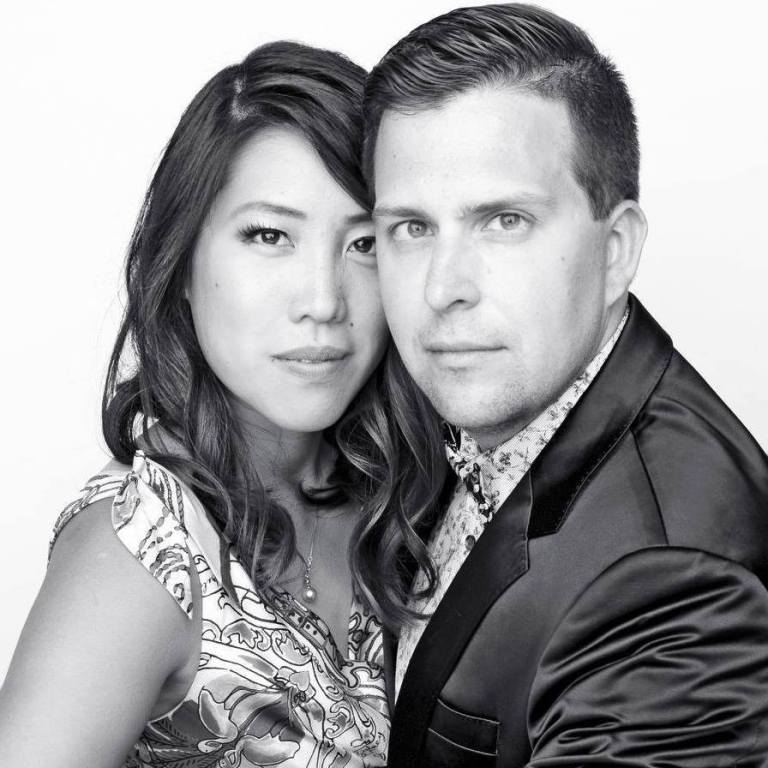
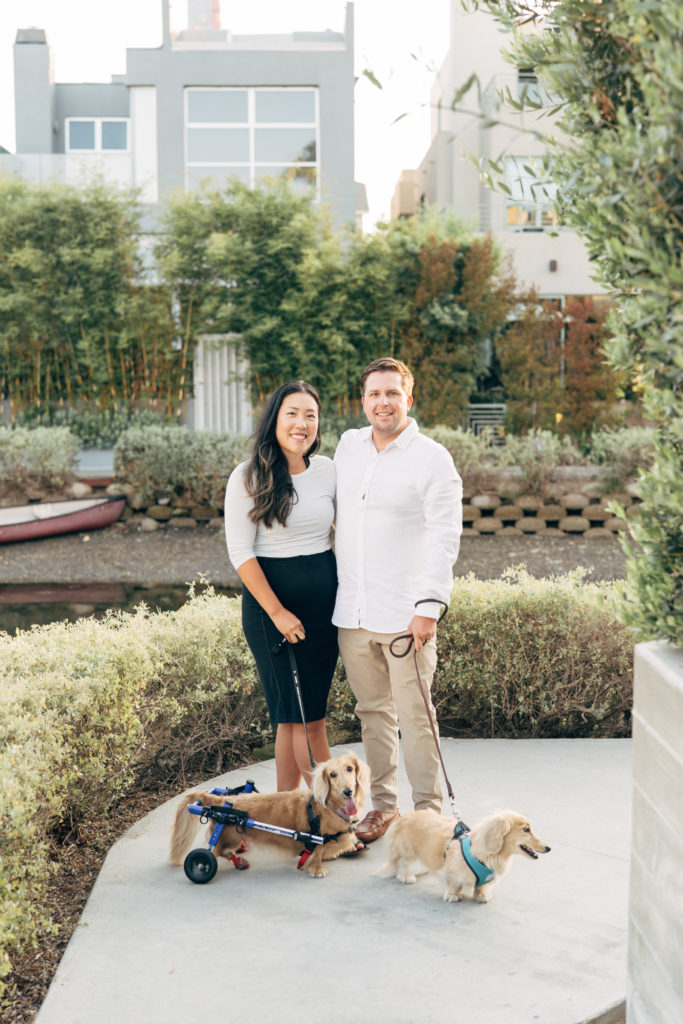
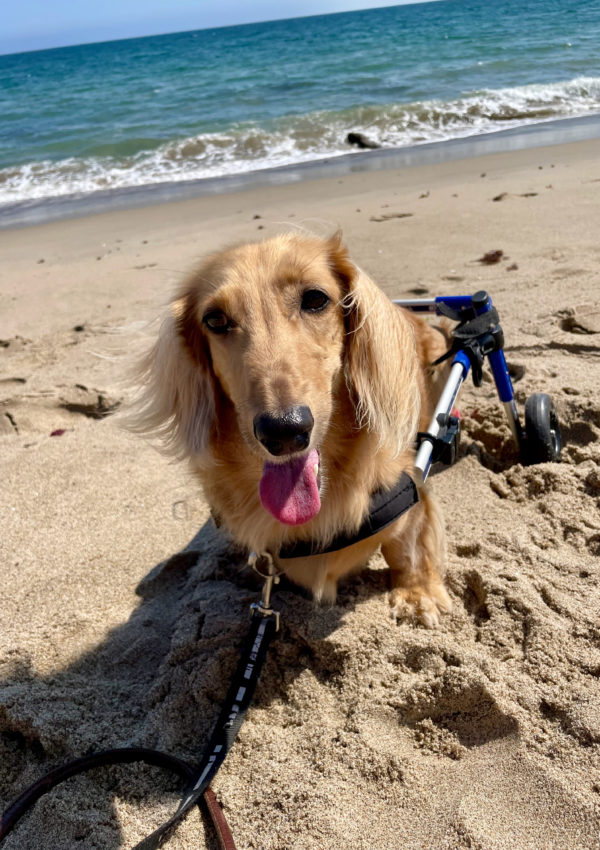
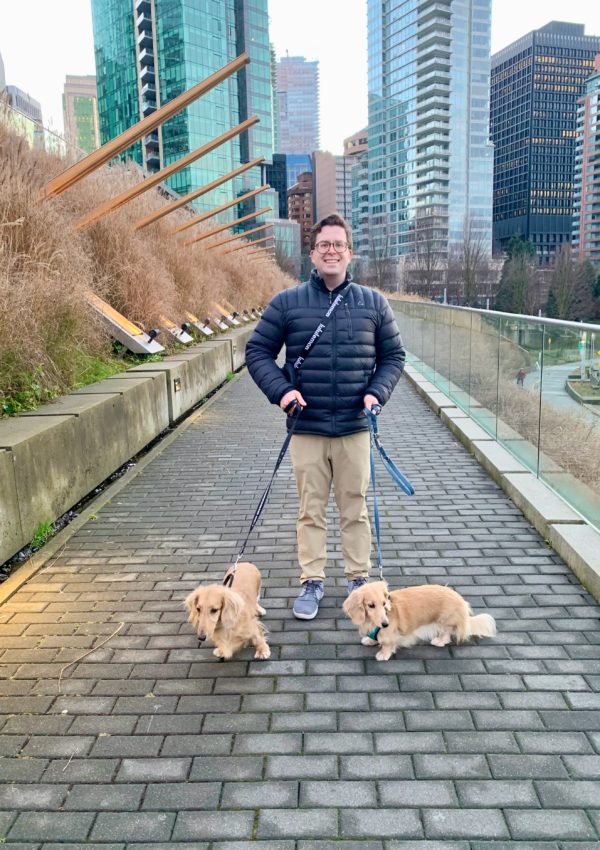
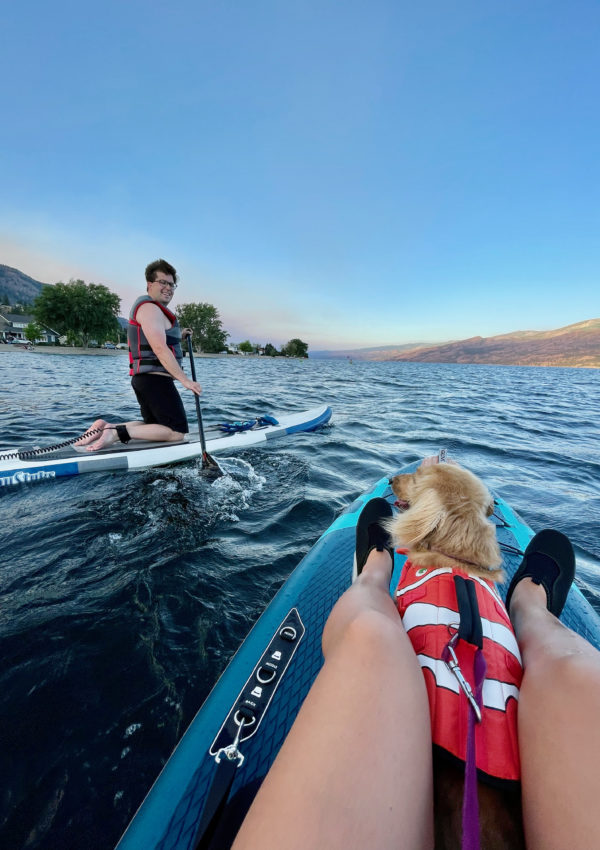
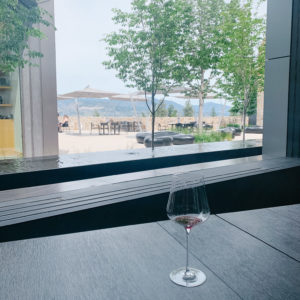
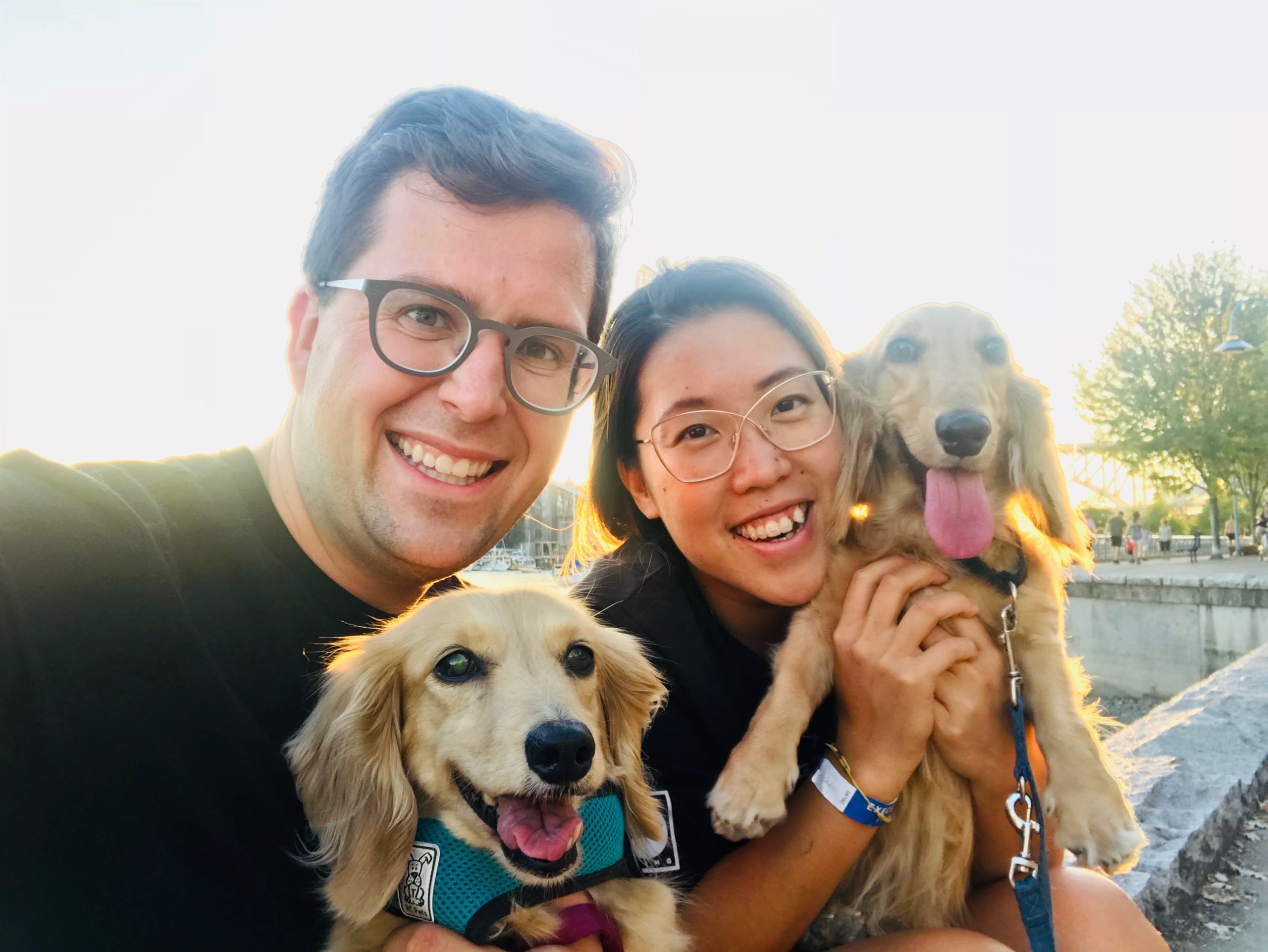
Leave a Reply